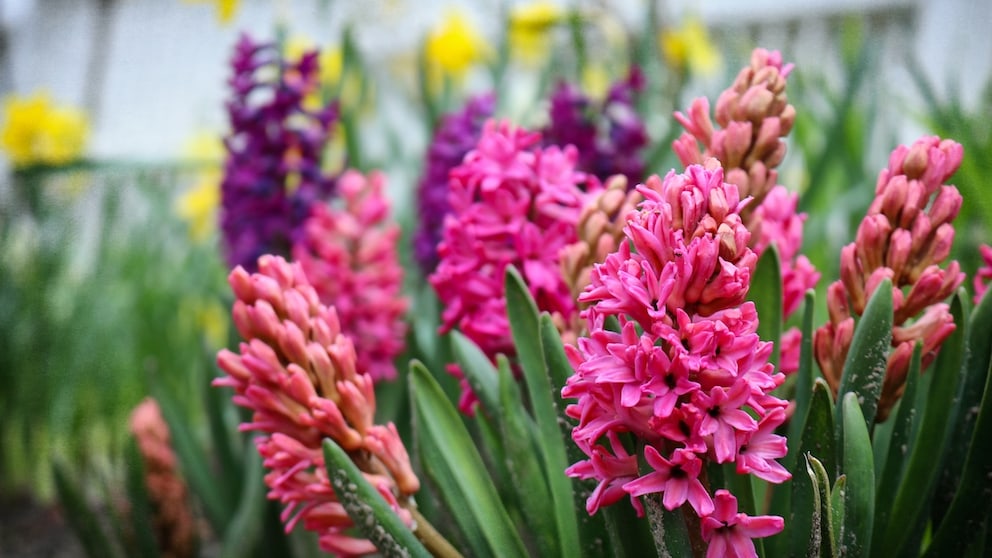April 9, 2025, 8:52 am | Read time: 3 minutes
They may look beautiful, but they are not without risk! Daffodils, tulips, lily of the valley, and other early bloomers can cause health problems in children and pets. myHOMEBOOK shows five early bloomers that are poisonous.
On the one hand, early bloomers are a feast for the eyes and are seen as a sign of spring. But they can also be dangerous — especially for children and pets that have access to a garden or balcony. Even small amounts of bulbs, seeds, or other plant parts can lead to poisoning. You should be particularly careful with the following poisonous early bloomers:
1. Snowdrops
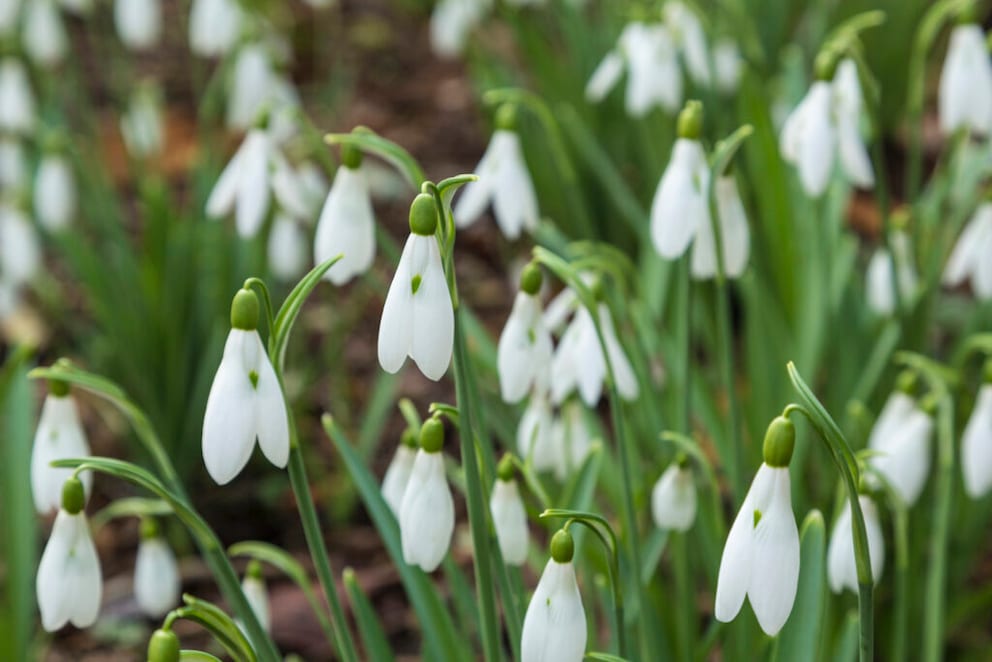
All parts of the snowdrop plant are slightly poisonous, as the “Das sichere Haus” (DSH) (The safe house) campaign explains. Abdominal pain, vomiting, and diarrhea can occur after ingestion. According to the poison control center in Bonn, ingesting up to three bulbs is usually tolerated without any problems, after which it can become dangerous or at least unpleasant.
2. Hyacinths
Hyacinths are only slightly toxic to humans. However, they can still cause nausea and stomach cramps. Allergic skin reactions are occasionally seen after skin contact with the hyacinth bulb, according to the Bonn Poison Control Center. The consequences of eating the plant are much more severe in dogs and cats. They sometimes show severe symptoms of poisoning.
3. Tulips
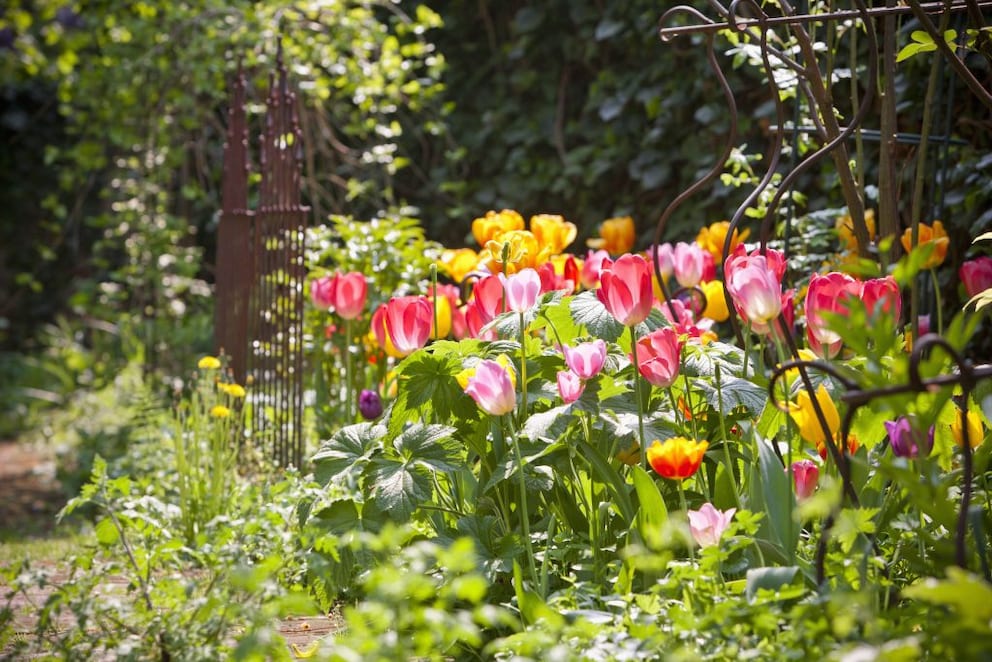
All parts of the tulip plant are poisonous to humans and animals. Prolonged skin contact can also lead to eczema, itching, redness, and swelling. However, the symptoms usually disappear by themselves. If larger quantities are swallowed, this can lead to salivation, vomiting, abdominal pain, a drop in body temperature, shock, and apathy, according to the Bonn Poison Control Center. Even respiratory arrest is possible after consuming very large quantities.
4. Daffodils
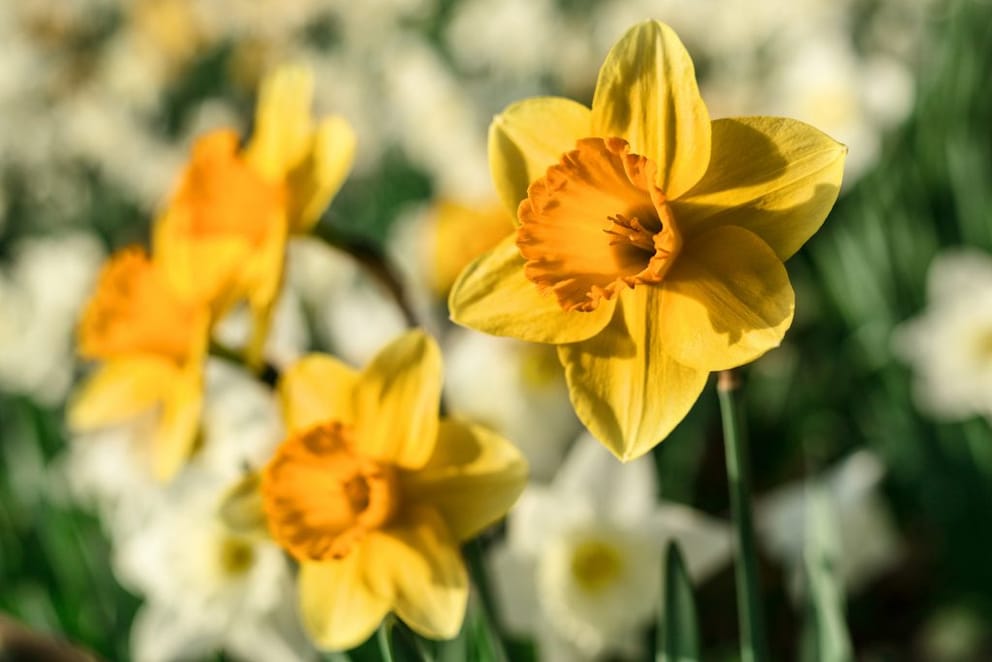
Here, too, all parts of the plant are poisonous, especially the bulb. Symptoms such as gagging, vomiting, diarrhea, abdominal pain, and sweating may occur following ingestion. Symptoms also include paralysis with subsequent collapse and cardiac arrhythmia after ingesting large quantities.
5. Lily of the Valley
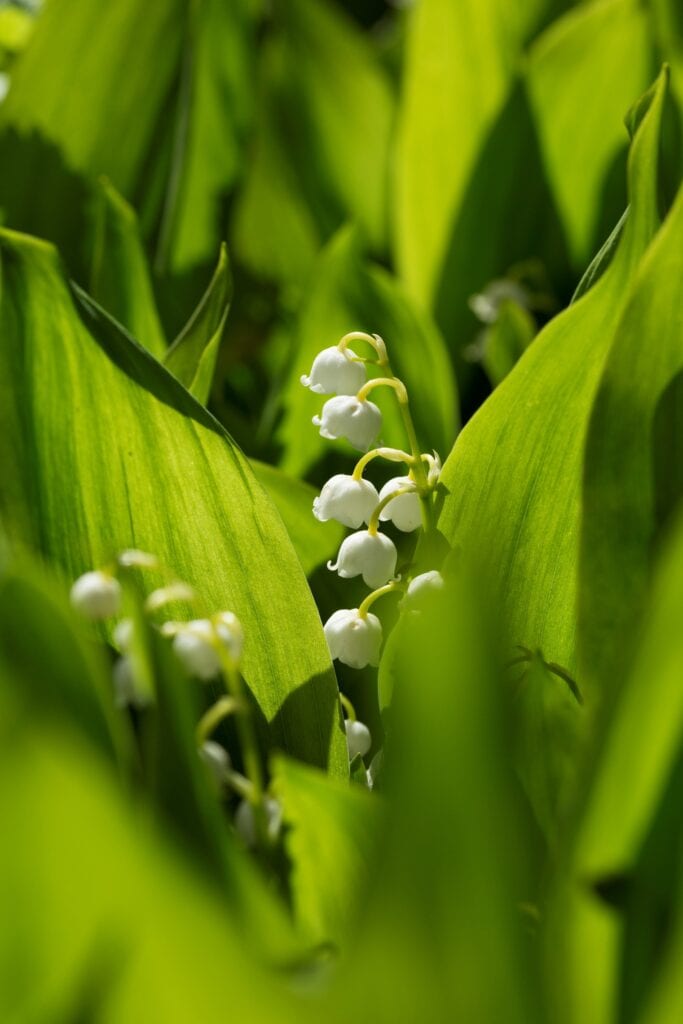
The lily of the valley has even been named “poisonous plant of the year“. All parts of the plant are poisonous, especially the flowers, seeds, and young leaves. Caution: The leaves of the lily of the valley look like those of wild garlic, which, unlike the lily of the valley, is edible.
Important: It is not only the plants themselves that are poisonous, but possibly also the water in which they stand as cut flowers. Therefore, consuming water from pot saucers or vases can also lead to symptoms of poisoning. Parents and pet owners should, therefore, place the flowers out of reach, for example, on a shelf or in a display case.

How to plant flower bulbs for spring in the fall

Can You Still Plant Early Bloomers Now?

These Bulbs Should Only Be Planted in Spring
What to Do in Case of Poisoning?
For mildly poisonous plants ingested in small amounts, drinking plenty of water may sometimes be adequate. To be on the safe side, however, you should always contact a regional poison control center. A list of contact details can be found on the website of the Federal Office of Consumer Protection and Food Safety.
With material from dpa

